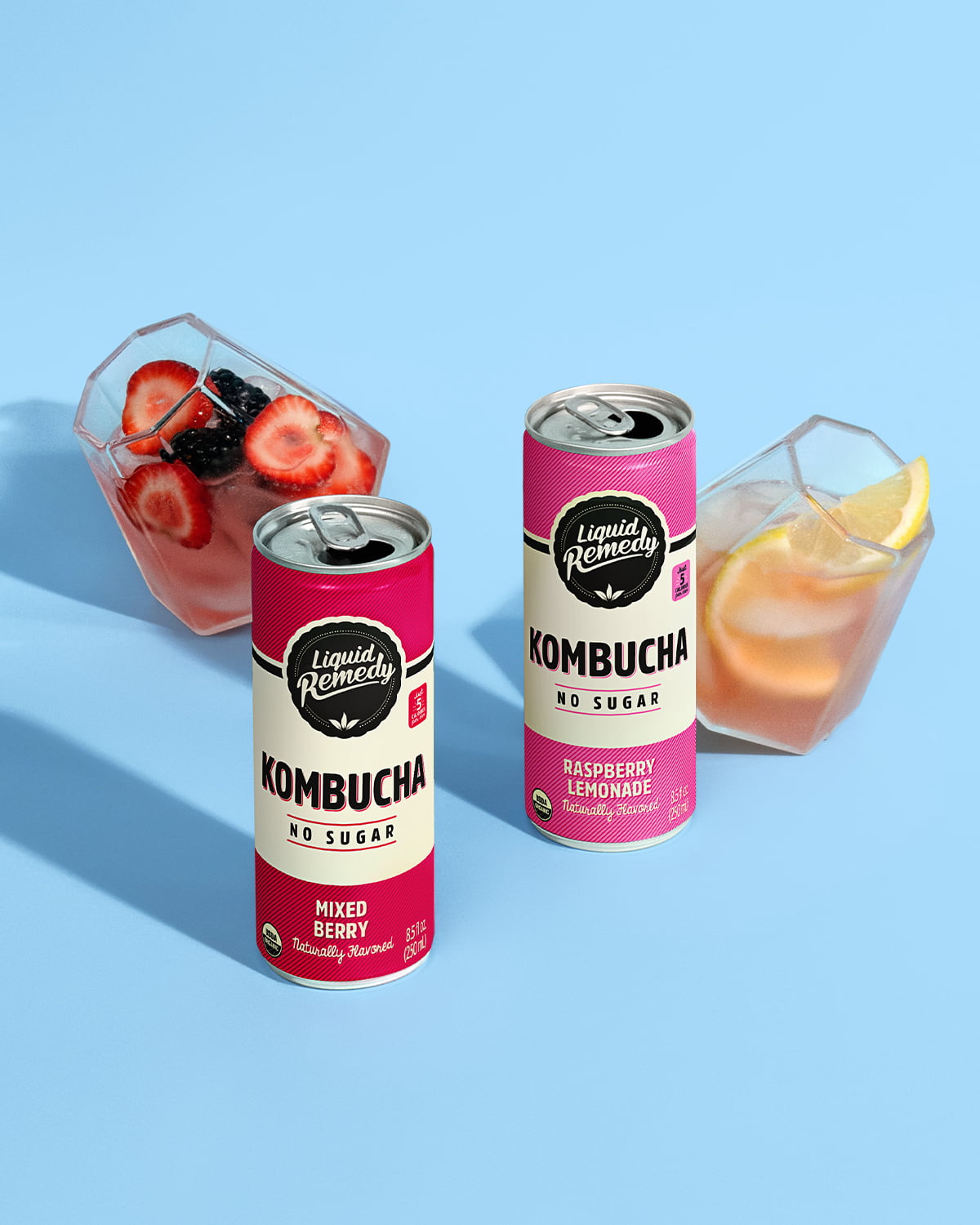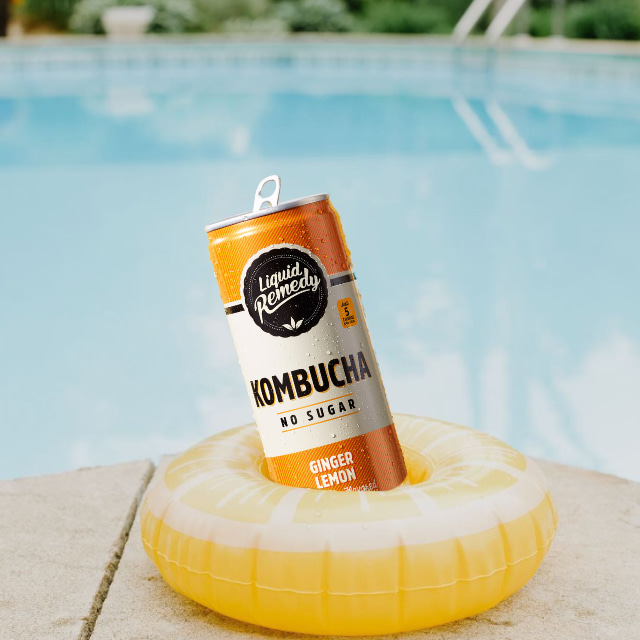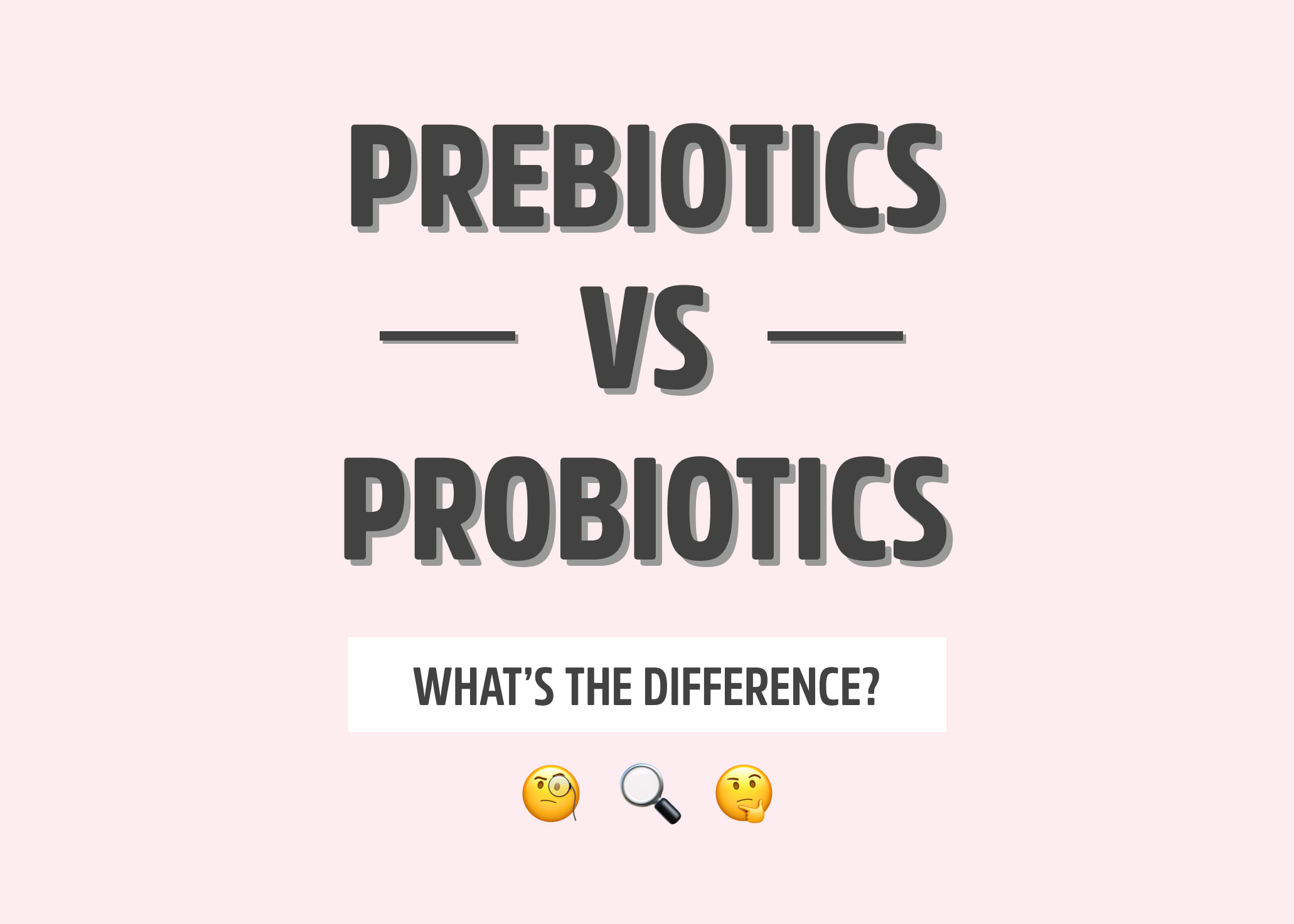What are tea polyphenols and why should I care?
Everyone knows that green tea is good for you, right? (Just ask your neighbor who’s a cool yoga teacher) Well that’s because of the healthy antioxidants that are naturally occurring in tea, both green and black.
When we’re making Liquid Remedy kombucha the first step is to brew a VERY big pot of tea. That’s where these mighty tea antioxidants, also known as polyphenols, come in. They are the lesser-known powerhouse of a good kombucha drink.
In science-speak, polyphenols have been found to scavenge for free radicals in the body and prevent them from causing cell damage. Now we have your attention!
How many tea polyphenols does a Liquid Remedy zero sugar Kombucha contain?
In every 8.5 oz of Liquid Remedy Kombucha, you will enjoy 63 mg of tea polyphenols.
Are all teas polyphenols equal?
No. Some tea blends have less or more polyphenols depending on quality, and this can even be impacted by what season the tea was harvested.
Polyphenols also vary depending on the tea type (i.e green, black, oolong, jasmine or hibiscus). Sarah and Emmet (our founders) personally select the highest quality organic tea for our brew. We use a mixture of certified organic green tea for its high polyphenol properties and certified organic black tea for its rich superior taste.
Most importantly, we test every batch of raw tea at Liquid Remedy and then again after it’s fermented to ensure every sip is chock full of the high standard polyphenol we require in our kombucha tea.
How can you tell if your kombucha can is chock-full of tea polyphenols?
One way to test for polyphenols is to pour your brew into a glass, if it IS full of the good stuff you’ll notice it will have a brownish background color. All tea has this background color so if it’s clear it’s a sign that your beverage is not tea based. Unfortunately, some kombucha brands skip important steps in the brewing process so you can’t be totally sure of what you’re drinking.



